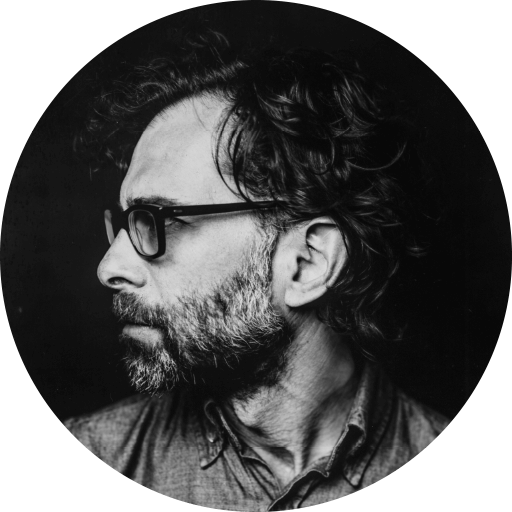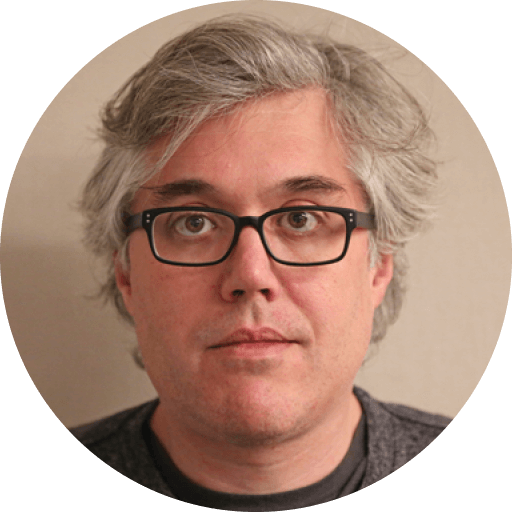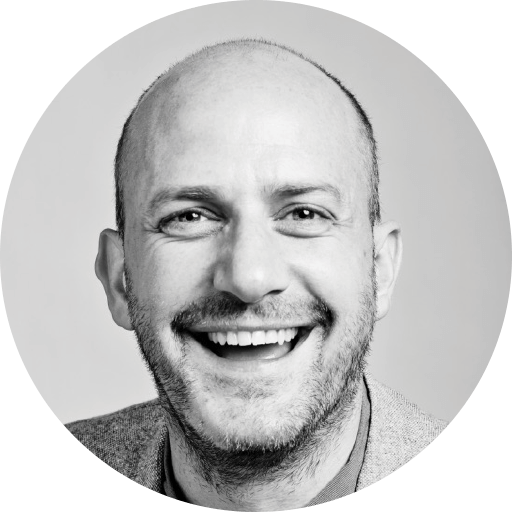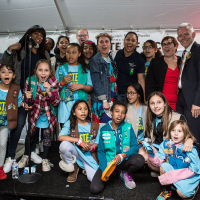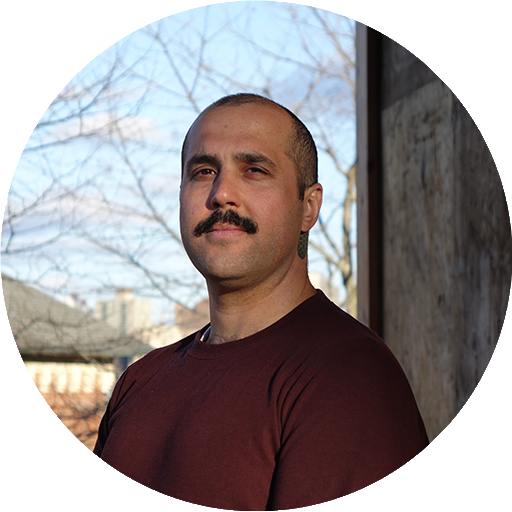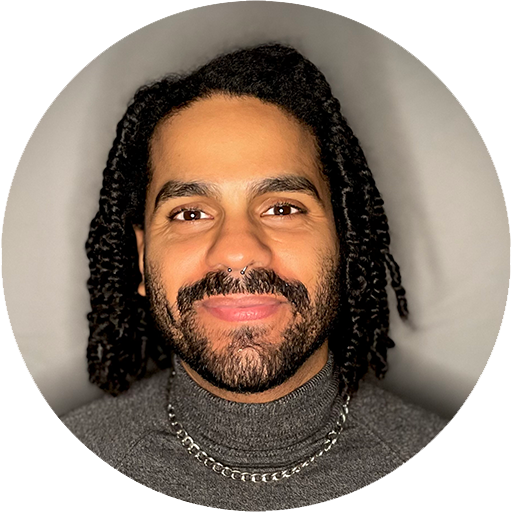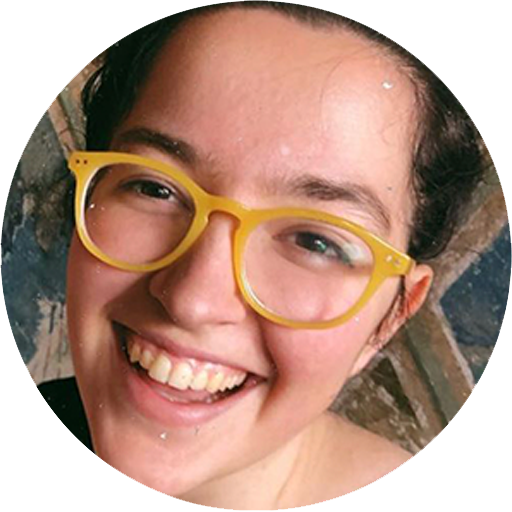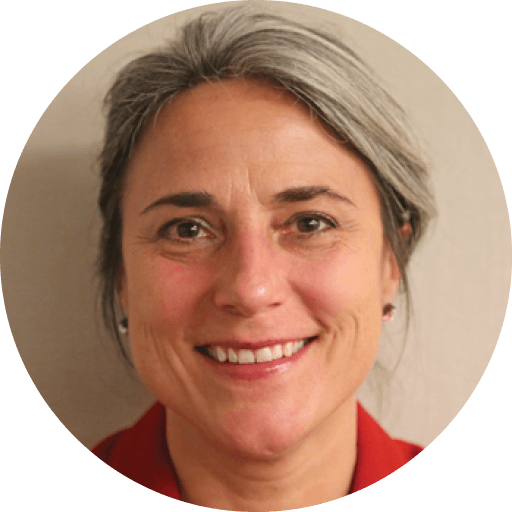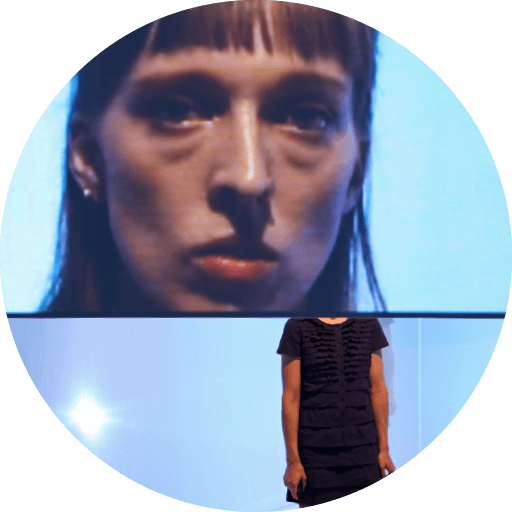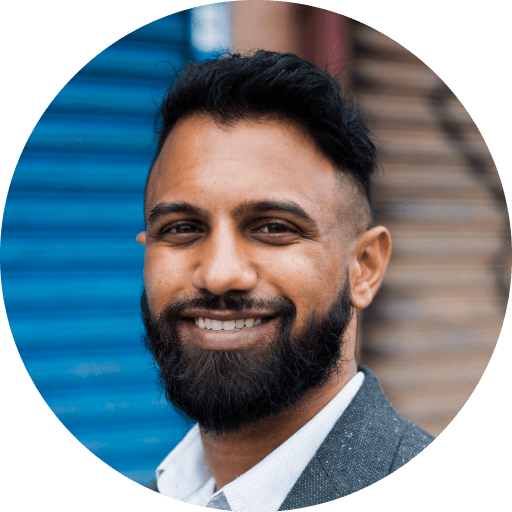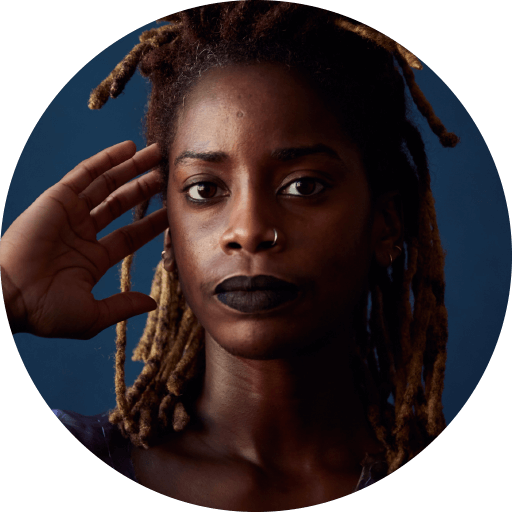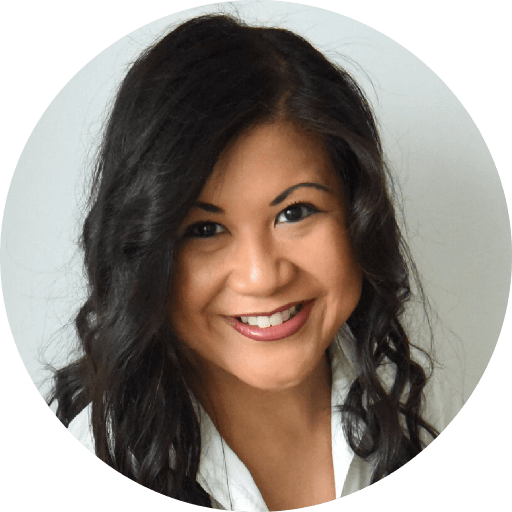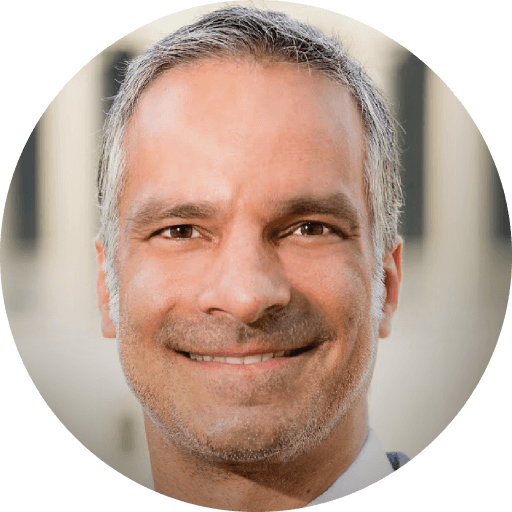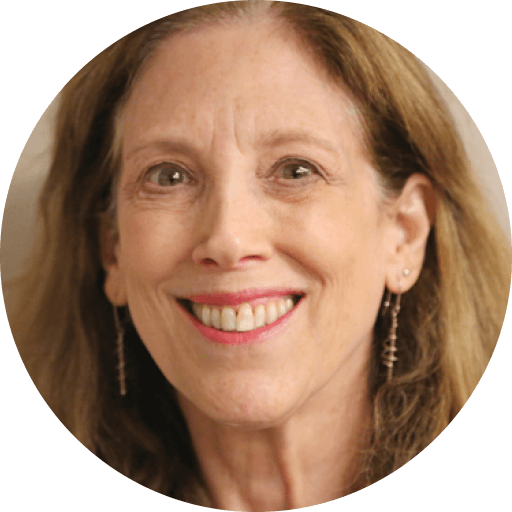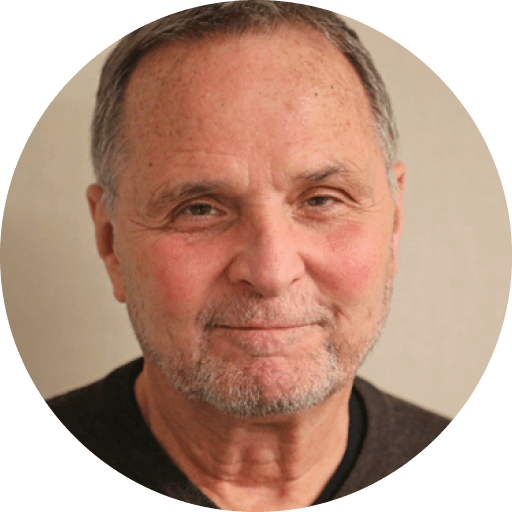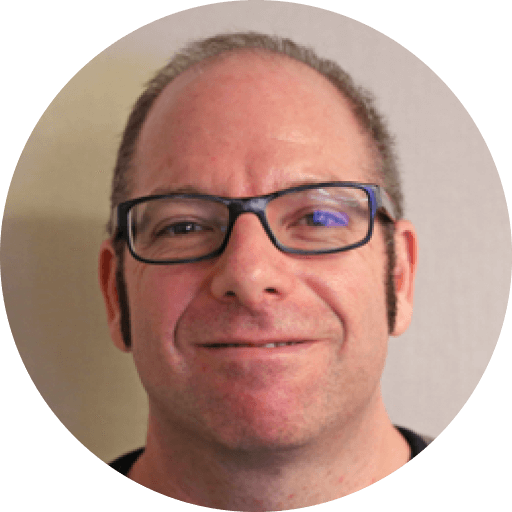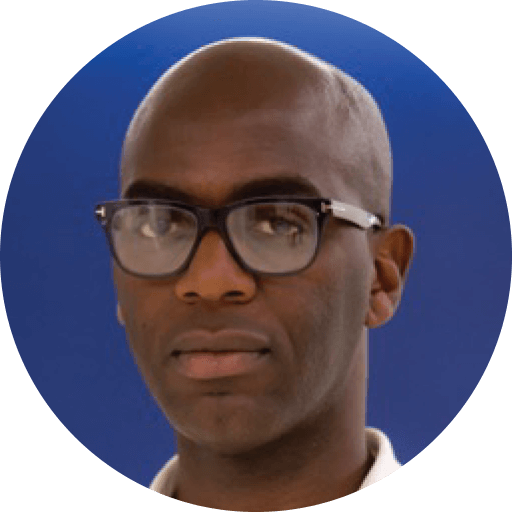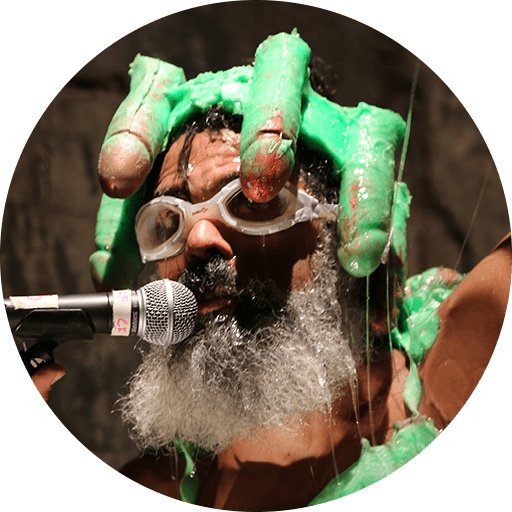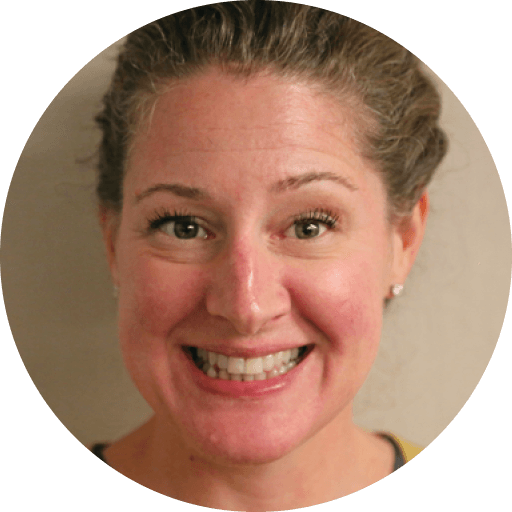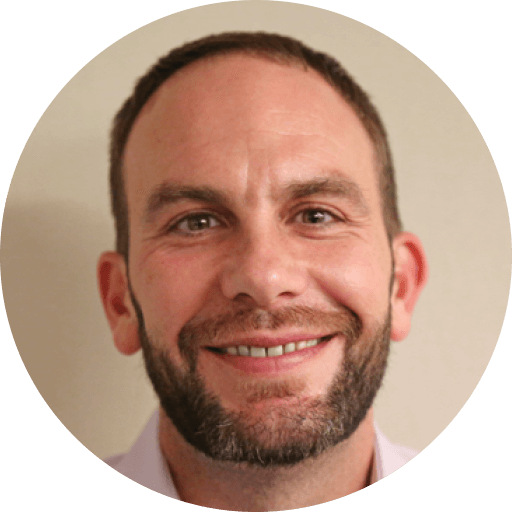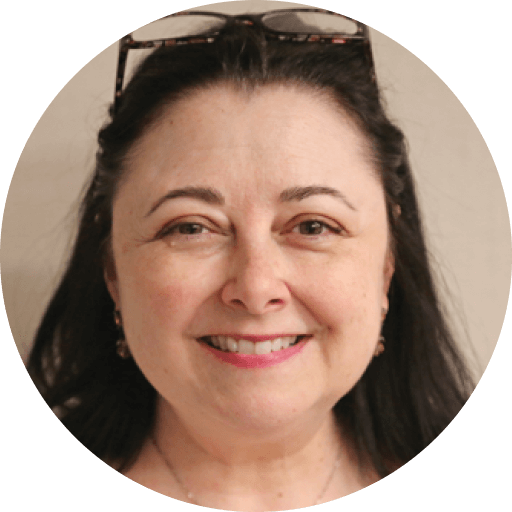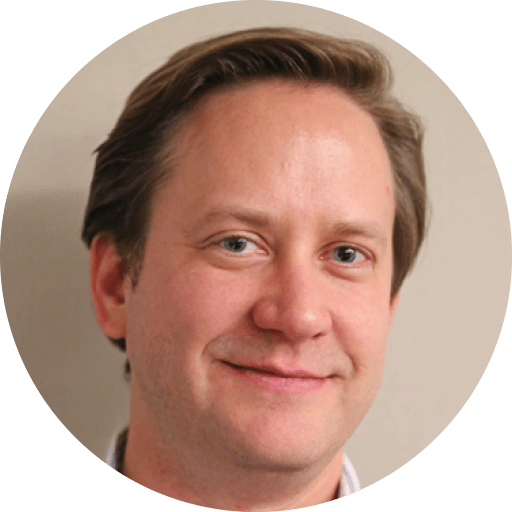Her Longtime Dancer Died. Instead of Moving On, She Embraced Loss.
Siobhan Burke, New York Times
Siobhan Burke, New York Times
What happens when a choreographer loses her muse? During the past two and a half years, Ivy Baldwin has been wrestling with such a loss. In 2015, her close friend and longtime dancer Lawrence Cassella, an exuberant presence in her work since 2003, died at 38 after a three-month struggle with HLH, a rare immune system disease. For Ms. Baldwin, there was no moving past it.
“It was too big and too traumatic to put aside and think about something else,” she said recently over breakfast near her home in Fort Greene, Brooklyn. “It was the only thing I could make anything about.”
With her dancers Anna Carapetyan, Eleanor Smith and Katie Workum, who had also been close to Mr. Cassella, Ms. Baldwin embarked on “Keen (Part 1),” an exploration of grieving created for the Glass House grounds in New Canaan, Conn., last summer. A related work, “Keen [No. 2],” opens at Abrons Arts Center on the Lower East Side on Thursday, presented with the Chocolate Factory Theater and Joyce Theater as part of Joyce Unleashed, the theater’s off-site series for experimental dance.
In search of mourning rituals, Ms. Baldwin began, with “Keen (Part 1),” to research keening, the Irish tradition of vocal lamenting historically practiced by women, and to play with its features of rocking, kneeling and clapping. In “Keen [No. 2],” she builds on those studies with a cast of 10 women — including herself, Ms. Smith and Ms. Workum, whose searing solos and duets anchor the work — against an ornate paper tapestry designed by Wade Kavanaugh and Stephen B. Nguyen.
Ms. Smith said that Ms. Baldwin, in her confrontations with grief, had turned a creative corner. “There’s a level of mystery and unknown in the larger group sections that I haven’t experienced in her other pieces, and I love that,” she said.
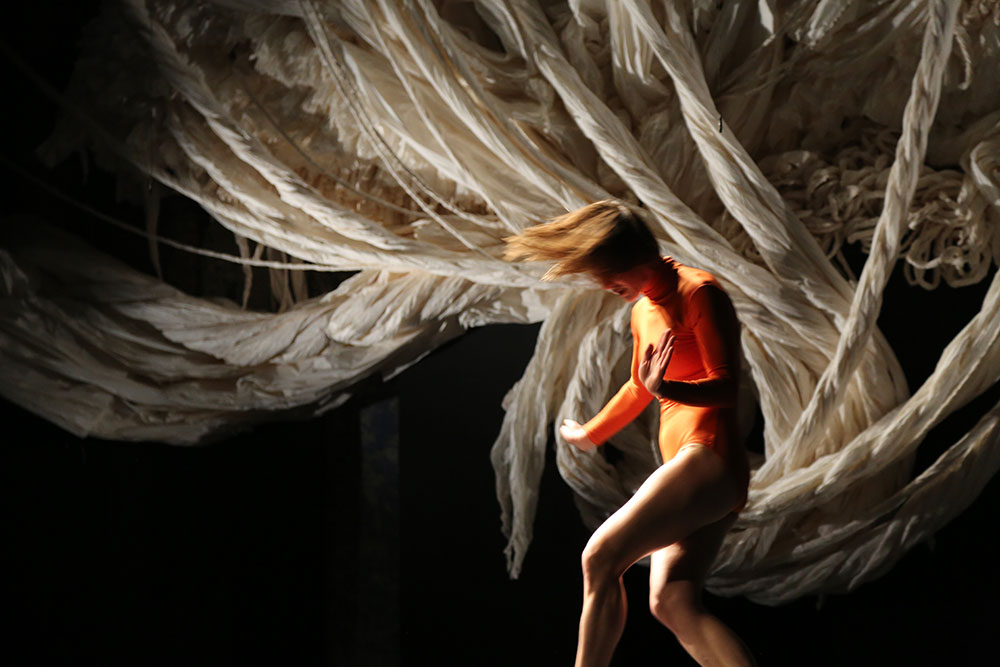
Ms. Baldwin spoke, in person and by phone, about creating dances in and about Mr. Cassella’s absence. Below are edited excerpts from those conversations.
How did you meet Lawrence? We met at the Yard, the dance residency center on Martha’s Vineyard, and we just clicked. We wanted to move the same way and talk about the same things. Just like you fall in love with someone and spend your life with them, we fell in love and wanted to dance together all the time.
How has your process been different without him? Even though there are 10 people in this piece, it’s very lonely. I haven’t been ready to dance with people in an intimate way, to look someone in the eye and be sweaty and feel their muscles, the way I was with him. My relationship to performing, I’ve realized, was intensely fed by dancing with him. It’s been hard, to have to ask myself: ‘Who am I? How do I make things? How do I touch someone?’ I don’t know yet.
Can you say more about how he influenced you? So many ways — his theatricality, his humor. He had this amazing combination of showmanship — the way he could capture and hold someone’s gaze — and being vulnerable and insecure, even though he exuded this sexiness and confidence and danger. And he was willing to try anything, even if he was uncomfortable or scared. We really trusted each other, so he would go to some pretty dark, scary places.
He seemed very strong physically, too. He biked everywhere, he swam constantly, he danced, he walked dogs. Everything about him was this powerful, strong, healthy human being. It was shocking to watch someone like that get weaker and weaker.
How have these new works helped you through losing him? I had no guidelines for what to do with myself when it happened. There were things we could plan, like his wake and planting a tree for him. After those early markers, making these dances offered a similar sense of structure. When I started out, I was thinking: ‘What if you don’t just stuff it all away and move on, in this very American way of dealing with grief? What if you don’t replace this person? What if you live there and embrace that hole?’ Over time, I’ve felt a push to move past that, to find a way to talk about it that’s not so personal. And with this new group of women, many of whom didn’t really know him, it has become something bigger.
Do you think you’ve moved in a new direction creatively? Because it’s so personal, it feels freeing in a way. Even though it’s heavy, there’s some relief in being big and bold and unashamedly tackling this subject. It’s a bit more unapologetic and brave for me.
You’re also working with a larger cast and more improvisation than usual. The big group parts are basically all structured improvisations, which is quite different and terrifying for me. I tend to be really specific — I’ll micromanage someone’s pinkie — so embracing the risk and the little bit of chaos, the chances of some nights being better than others, feels exciting.
There are sections that are more controlled and desolate, too, like your solo for yourself. What does that solo mean to you? Part of me wishes I could have just screamed and been fierce in some way after Lawrence died. But what comes out of me is this kind of quiet, lonely, removed version of grief. It isn’t busy or noisy, it’s just still.
Siobhan Burke for the New York Times –
May 30, 2017.


